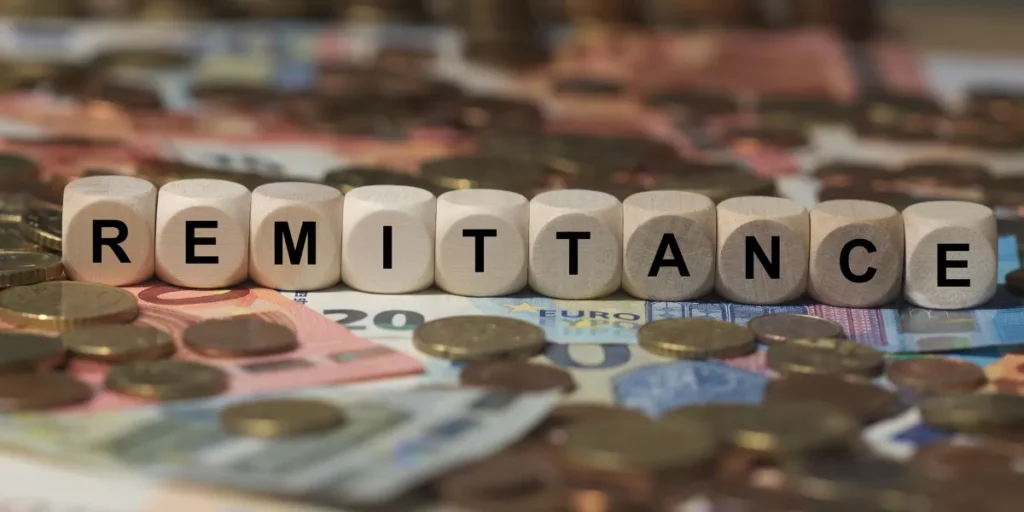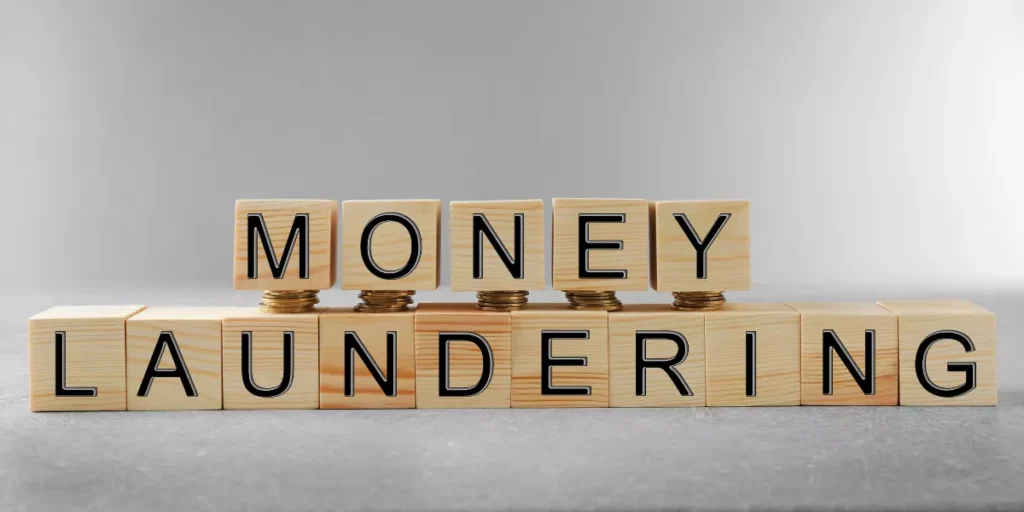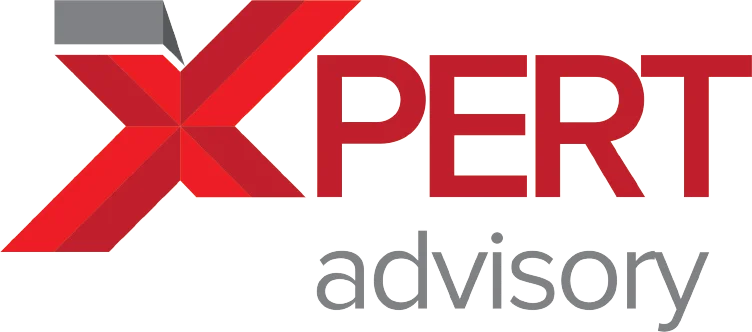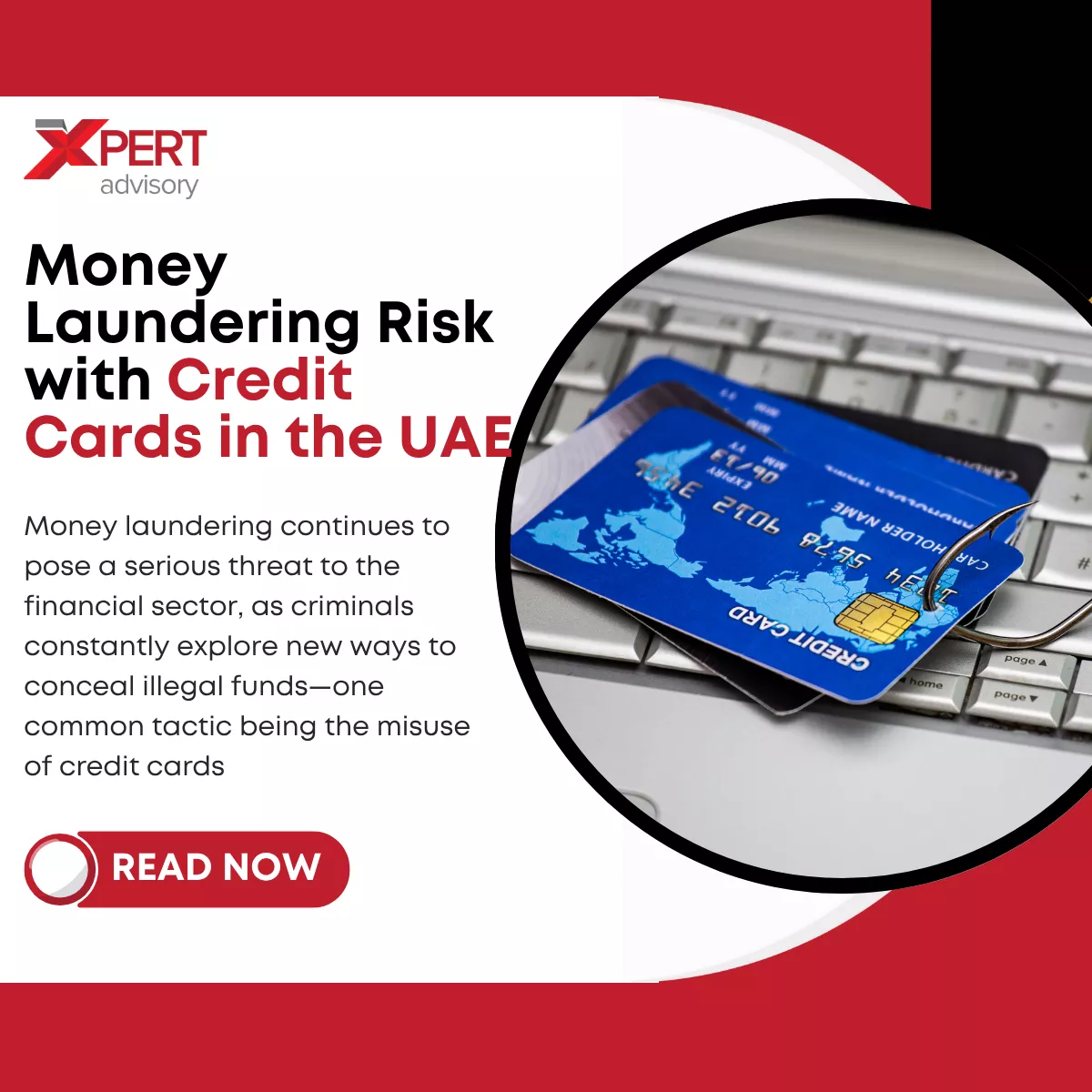The remittance market is defined as the global remittance market of money transfers from people or companies to the recipient and both are separated by borders. The World Bank estimated that there are 200 million migrants who are sending money back to their homeland.
According to Juniper Research, digital cross-border remittances are anticipated to grow from $295 billion this year to $428 billion in 2025. As the need for remittances rises, money transfer industry have the opportunities for growth to serve users’ interests.
In this article, we discuss how to start a remittance business to make your money remittance resilient from regulatory compliance hurdles.
What Is A Remittance Business?

Transferring payment or funds from one place to another, generally cross-border payment, is called remittance or money transfer business. This is when a person working in a foreign country transfers that payment to their home country or sends it to a family or friend.
Remittances can be sent via banks, monetary exchange companies, or online sites and received as money, bank store, or versatile wallet. Usually, there is a fee (or commission) charged by the money service provider, the amount of which depends on the sum, the destination country, and the method of transfer of funds.
How to Setup a Remittance/Money Transfer Business?
Now, before launching a money remittance business without even thinking about all the blind people seem to do, it is important to note that money transfer is a serious business. No matter where you are, we are saying running means compliance with international regulatory requirements set by government authorities in charge of money movement.
So, here are 7 most necessary things you need to start your business today.
1. Define Your Audience
Before you start a money remittance business, the first thing to do is to define your unique selling proposition (USP) and who your target audience is. The USP of your service sets it apart from others, and you must understand the specific demographic on which you want to target your business.
2. Reach Out to Legal Experts
This is just like many other businesses; there are rules and regulations regarding what to do, dos and don’ts, and how to operate a money transfer business.
The first thing to do is consult with the local regulators and attorneys to whom such activities are relevant, depending on the country you are in. Usually, the security compliance rules are different from country to country. New money transfer operators must ensure their financial institutions comply with these compliances in the countries where they operate.
3. Know the Personas of the Money Transfer Ecosystem

A remittance company start-ups also make the mistake of not understanding the money transfer ecosystem. As in any other industry, the money transfer is a system of different stakeholders and particular tasks.
As a new money transfer operator, you are now expected to know these players and their roles in the scheme of things. Below are the essential players in the international money transfer business:
- Sender/Remitter: Expatriate or person sending the remittance.
- Beneficiary: To whom should the funds be sent?
- Sender’s Bank: The bank (or e-wallet) is the sender’s bank account from which the funds are deducted. It can be something like a physical bank in your country, an online bank, or even a mobile or electronic wallet such as Paypal or Skrill.
- Beneficiary’s Bank: The remittance is credited into the account accessible to the beneficiary that the account is credited into. This can mean any physical account with a bank, a mobile phone wallet, or an electronic wallet and other such arrangements.
- Money Transfer Operator (MTOs): The remitter, i.e., the authorised entity(s) that enable the remittance. Under traditional remittance, the sender and beneficiary may each employ a different MTO or use an MTO with a wide operating network through which the sending and receiving of money across borders is made possible.
- Payment Processor: If channels such as a debit or credit card, ACH, online transfer, etc., are used, the MTO uses a payment processor or partner to process the payment.
- Payment Network: These MTOs use such routes to settle transactions in countries that can’t operate.
- Money Transmitter Platform: This is the correspondent bank or online money transfer software the MTOs use for all their money transfer operations.
4. Work Out Your Business Model
Having learned the ecosystem’s key actors, you’re ready to choose your business model. If you wish to run a traditional brick-and-mortar remittance business, you can decide to set up a physical location. Or perhaps you’d like to be a completely online remittance business. You can choose to do both equally!
The key point here is to understand the pros and cons of your chosen business model and the amount of work you can do. For example, it may be profitable, cheap, and better to begin with an online remittance business than a physical one. However, you will work with mobile money only since you don’t have a physical teller where people can hand in money for transfer.
5. Choose a Software Partner
If you are running either a physical location or a completely online remittance business, you need remittance software for handling your financial services. Remittance software is an application that helps you own your money transfer business in one place.
It will assist in transferring funds from senders to receivers, exchanging money in multiple currencies, applying exchange rates, determining payouts between different subsidiaries, and providing transaction reports and reconciliations. Remember that getting good remittance software makes a difference in your money transfer services.
6. Obtain a License
Obtaining the license to operate as an authorised money transfer entity starts the actual ‘putting of feet in the water’ regarding the entry. Obtaining a license for a crypto casino can be a hassle, depending on the country from which you are running the business.
If you are starting, new, and inexperienced with the game, you might be better off starting as an affiliate of a well-established MTO.
7. Make Anti-Money Laundering Checks

It’s something you can do by going for anti money laundering (AML) training. This is something that every new MTO needs to do so you can see if things are being done properly. You must know the dos and don’ts of channelling funds and how to avoid using them in smurfing. A lot of this training can be done online or from the books.
8. Gather Your Working Capital
Like every business, you need starting capital for your money transfer business. This is the money you spend on acquiring clients, keeping them, ads, licensing, having a software partner, running your business daily, and so on. In physical locations, capital means funds to set up an office/store, office/store furniture and fittings, and petty cash for maintenance.
Final Words
Knowing how to start a remittance business requires careful planning, understanding the money transfer ecosystem, and always complying with local and international regulations. Moreover, choosing the right business model, finding a software partner, securing a license, and running anti-laundering checks are essential steps to your success. By gathering enough capital and relying on giving your customers a reliable and effective service, you can make this a successful remittance business.
Want to get expert advice on setting up your remittance business? Get in touch with Xpert Advisory today, and let us show you every step of the way!
FAQs
What Are Two Different Types Of Remittance?
Remittance is simply the money one person sends to another within or outside that country. Remittance is an important source of revenue for a country and a vital role in its economic development. There are two types of remittance: Remittance In and Remittance Out.
How Hard Is It To Start A Money Transfer Business?
Starting a money transfer agency is a long and complex task requiring considerable planning and preparation. You should talk to legal and financial professionals before starting.






